医科学専攻
- Master's Courses
修士課程 - Doctoral Courses
博士課程
Translational Neuroscience神経病態制御学
STAFF
Professor
-
Niizuma, KuniyasuProfessor.M.D., Ph.D. 新妻 邦泰 教授 (兼任)
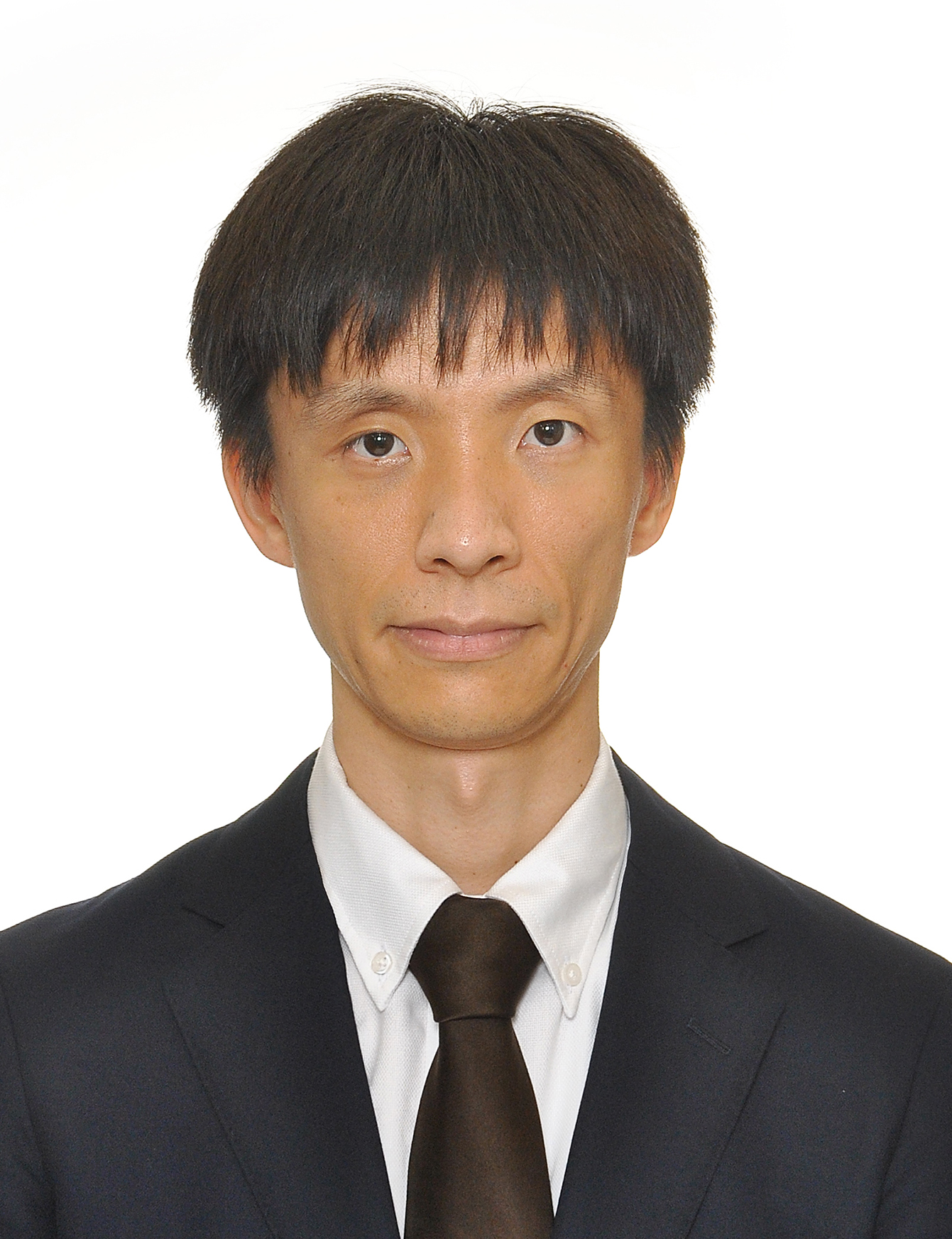
Other Faculty / Staff
-
Rashad, Sherif
Assoc.Prof.Ph.D. ラシャード シェリフ 准教授 (兼任) -
Sonobe, Shinya
Assistant Prof.M.D., Ph.D. 園部 真也 助教 -
Kanno, Hiroshi
Assistant Prof.Ph.D. 菅野 寛志 助教 -
Ando, Daisuke
Assistant Prof.M.D., Ph.D. 安藤 大祐 助教 (兼任)
CONTACT
TEL:+81-22-717-7198
E-MAIL:contact*neurosci.med.tohoku.ac.jp
(「*」を「@」に変換してください)
OUTLINE
Our department, originally established by Prof. Akira Takahashi, was the Japan’s first dedicated to neuroendovascular treatment. In May 2018, the clinical aspect of neuroendovascular treatment was integrated into the Department of Neurosurgery, and our department was relaunched as the Department of Neurosurgical Engineering and Translational Neuroscience, focusing on cutting-edge research in the neurological field.
We conduct a wide range of studies, including the pathophysiology of neurological diseases, stem cell-based therapies, and AI analysis. Our technologies are not only applicable to neurological diseases but also have broader applications, and we aim to further expand our research.
Currently, our lab focuses on seven main areas: (1) regenerative medicine, (2) molecular signaling, (3) tRNA biology, (4) RNA-binding proteins, (5) novel cellular imaging techniques, (6) medical device development, and (7) AI-based medical data analysis.
Our department is well-positioned for clinical access, with many practicing physicians on staff, creating an environment that bridges basic research and clinical application. We have successfully translated several projects from bench to clinical trials. Additionally, we are a multicultural and multilingual lab, welcoming researchers and students from diverse cultural, linguistic, and religious backgrounds, ensuring a supportive environment for international students to thrive.
当分野は、日本初の脳血管内治療専門の講座として高橋明先生によって拓かれました。その後、臨床の脳神経血管内治療は脳神経外科に統合し、神経領域の先端研究に特化した「神経外科先端治療開発学分野」として、2018年5月に新たにスタートしました。私たちは、神経疾患の病態解明や、幹細胞を用いた治療法の開発、AI解析など、幅広い研究を展開しています。また、神経疾患に限らず応用可能な技術も有しており、さらなる研究の拡大を目指しています。
現在、当研究室は以下の7つの主要な目標に取り組んでいます。①再生医療、②分子シグナリング、③tRNA生物学、④RNA結合タンパク質、⑤新規細胞イメージング技術の開発、⑥医療機器開発、⑦AIを活用した医療情報分析です。
当分野は、臨床へのアクセス性が良く、現役医師も多く在籍し、臨床と基礎研究を橋渡しできる環境が整っています。実際に橋渡しをして治験まで実施したプロジェクトも複数あります。また、様々な文化的、言語的、宗教的背景を持つ研究者や学生を受け入れており、それぞれの可能性を最大限に発揮するために調和して働ける多文化、多言語の研究室ですので留学生の方々も安心して研究に打ち込めます。
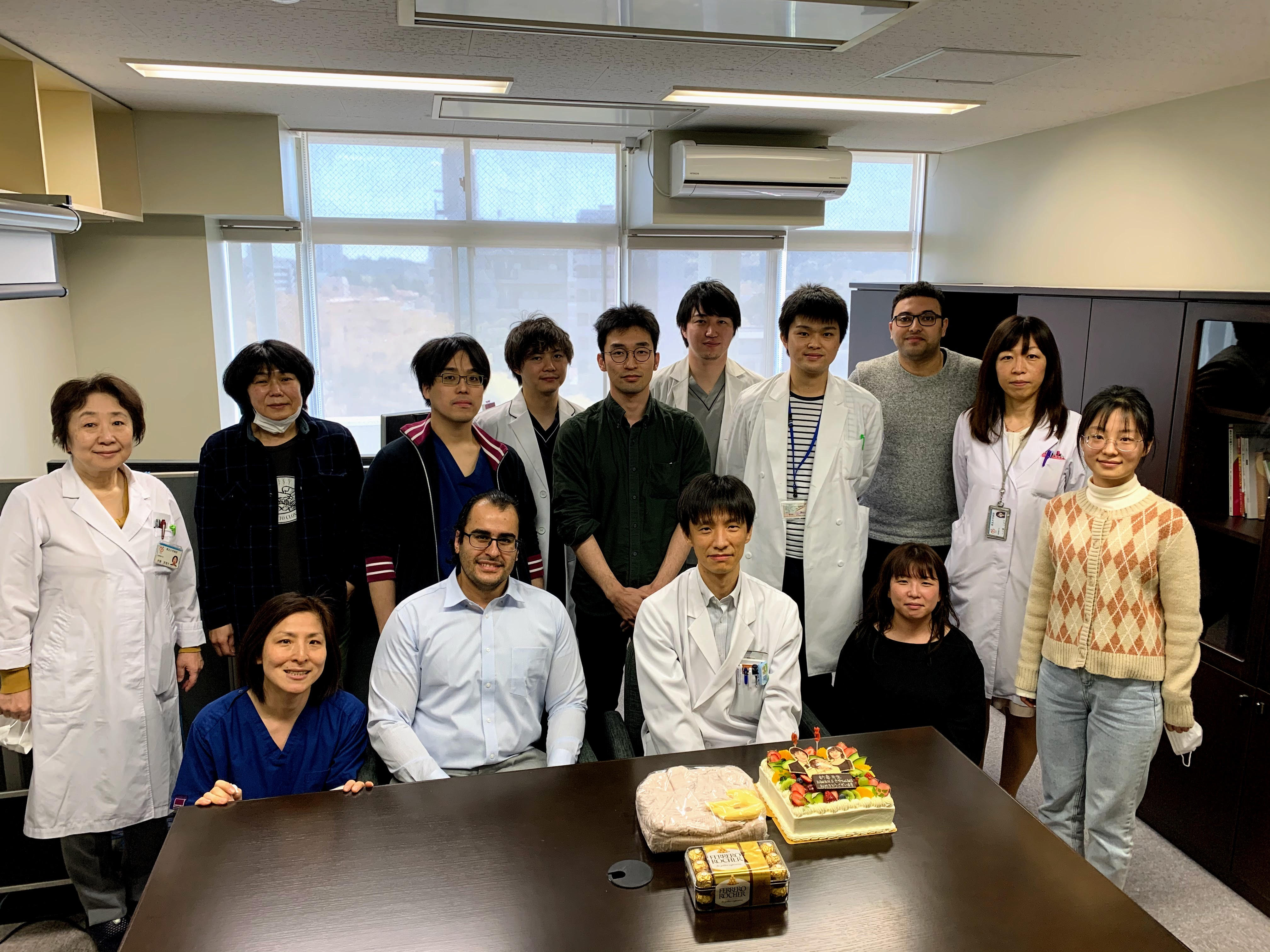
Group photo 1
集合写真1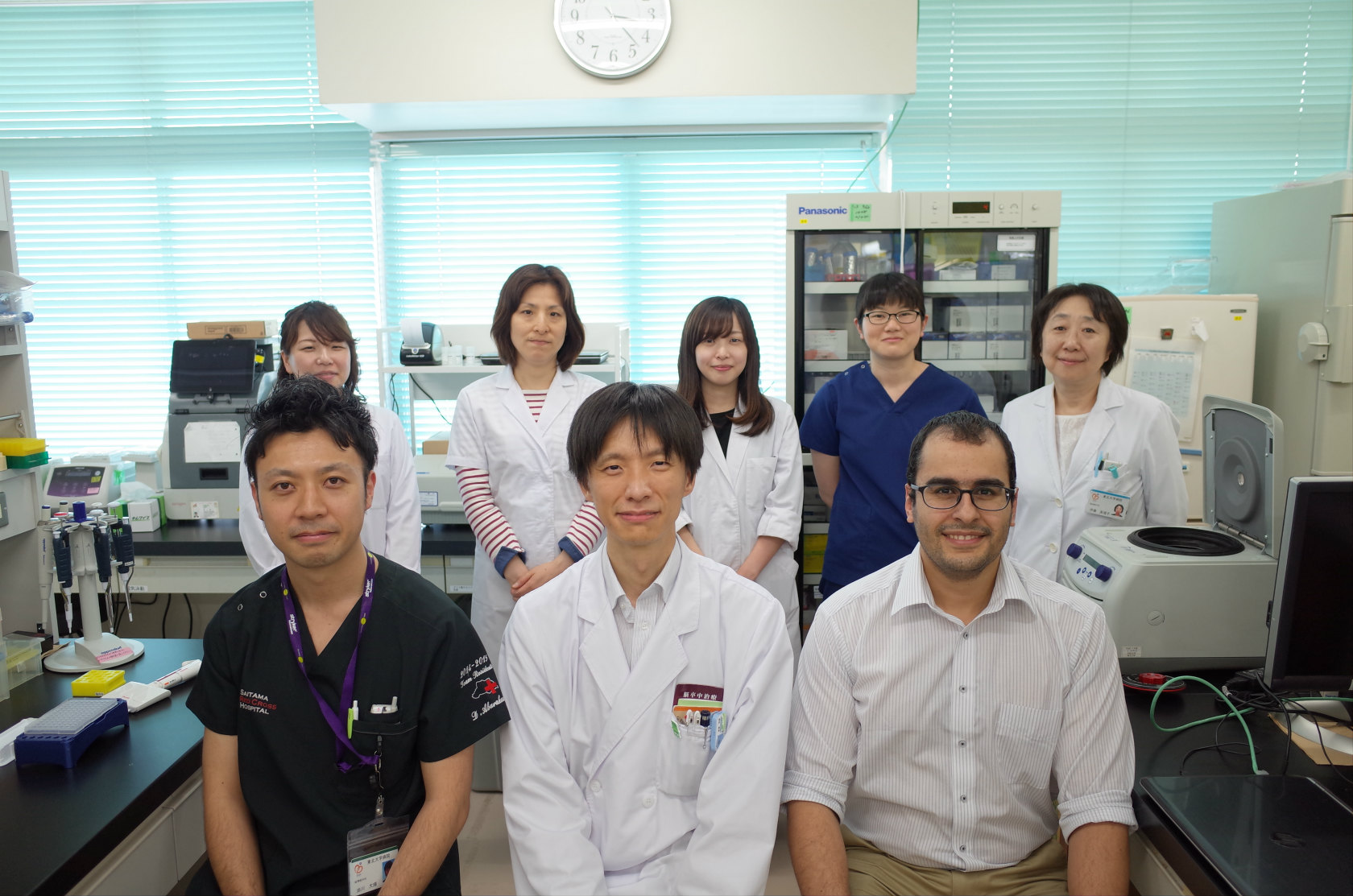
Group photo 2
集合写真2
Common scenery
研究室の日常風景
ARTICLE
Kanno H, et al. High-throughput fluorescence lifetime imaging flow cytometry. Nat Commun 15(1):7376, 2024. doi: 10.1038/s41467-024-51125-y.
Lei C, et al. High-throughput optical imaging technology for large-scale single-cell analysis of live Euglena gracilis. TrAC - Trend Anal Chem 180:117938, 2024. doi: 10.1016/j.trac.2024.117938.
Kawana Y, et al. Optogenetic stimulation of vagal nerves for enhanced glucose-stimulated insulin secretion and β cell proliferation. Nat Biomed Eng 8(7):808-822, 2024. doi: 10.1038/s41551-024-01200-y.
Abe T, et al. Intravenously Transplanted Human Multilineage-Differentiating Stress-Enduring Cells Afford Brain Repair in a Mouse Lacunar Stroke Model. Stroke 51(2):601-611, 2020. doi: 10.1161/STROKEAHA.119.026589.
Park YJ, et al. Cell-Based Therapy for Stroke: Musing with Muse Cells. Stroke 51(9):2854-2862, 2020. doi: 10.1161/STROKEAHA.120.030618.

 2024年度スターター・ブースター研究奨励賞(レイテストサイエンス賞)授与式が行われました
2024年度スターター・ブースター研究奨励賞(レイテストサイエンス賞)授与式が行われました
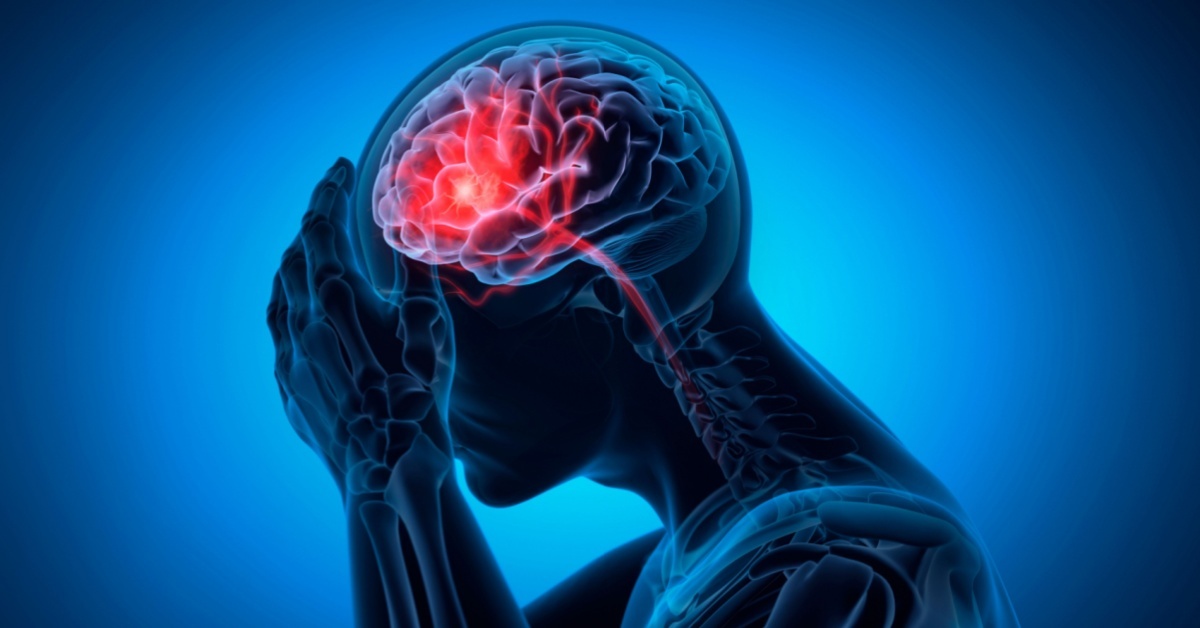 急性期の脳梗塞治療に朗報 抗炎症血栓溶解剤TMS-007(JX10)の安全性と有効性を確認
急性期の脳梗塞治療に朗報 抗炎症血栓溶解剤TMS-007(JX10)の安全性と有効性を確認
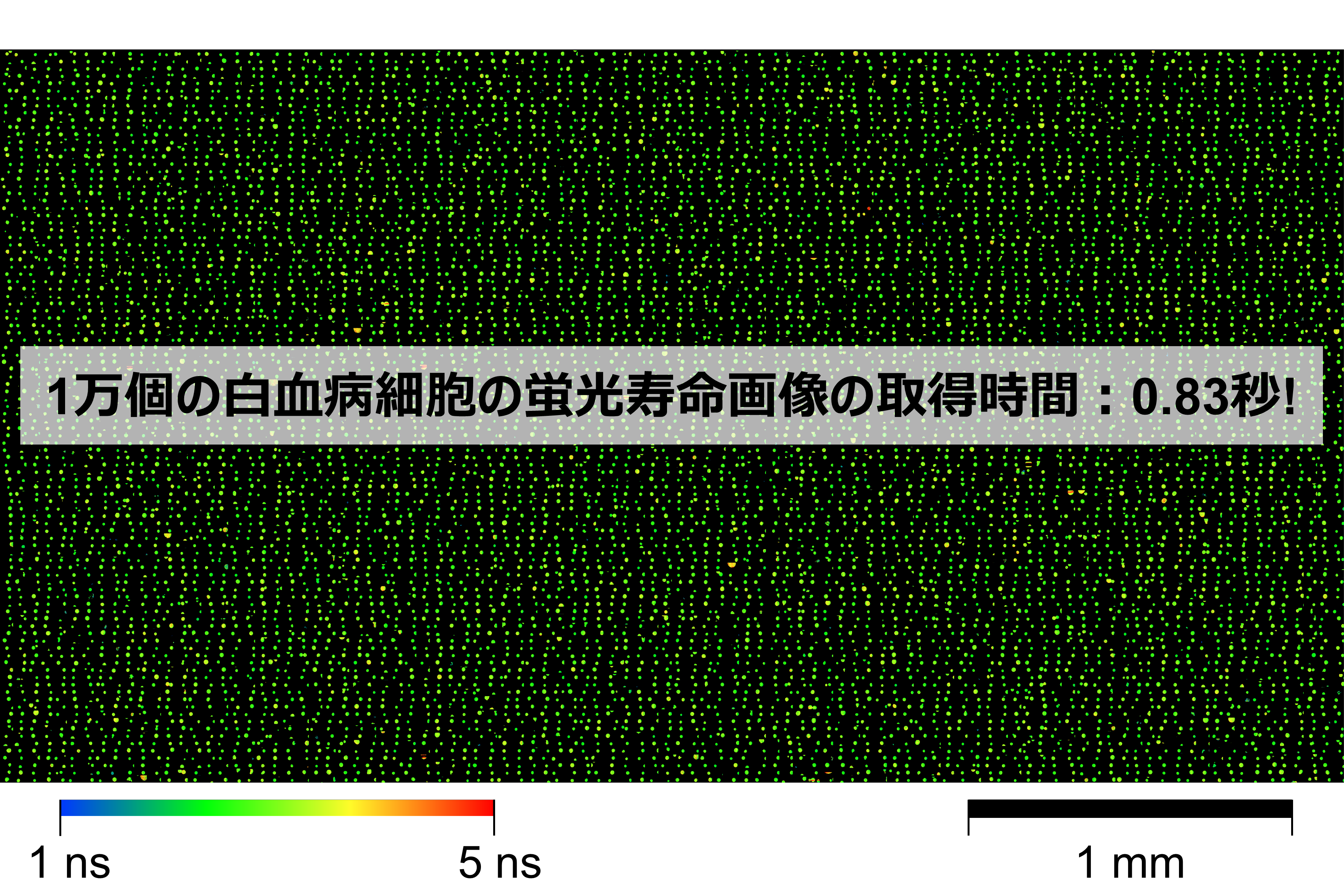 細胞解析の新展開:世界最高速の蛍光寿命顕微鏡を開発
細胞解析の新展開:世界最高速の蛍光寿命顕微鏡を開発
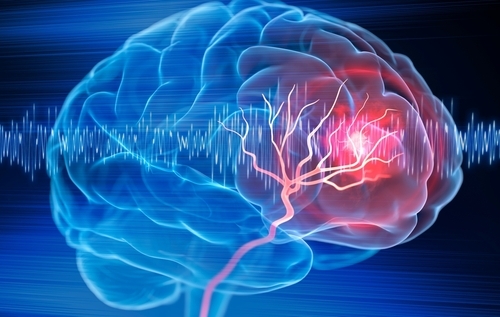 Muse細胞を用いた脳梗塞患者に対する幹細胞治療の開発 -探索的治験による安全性および有効性を確認-
Muse細胞を用いた脳梗塞患者に対する幹細胞治療の開発 -探索的治験による安全性および有効性を確認-